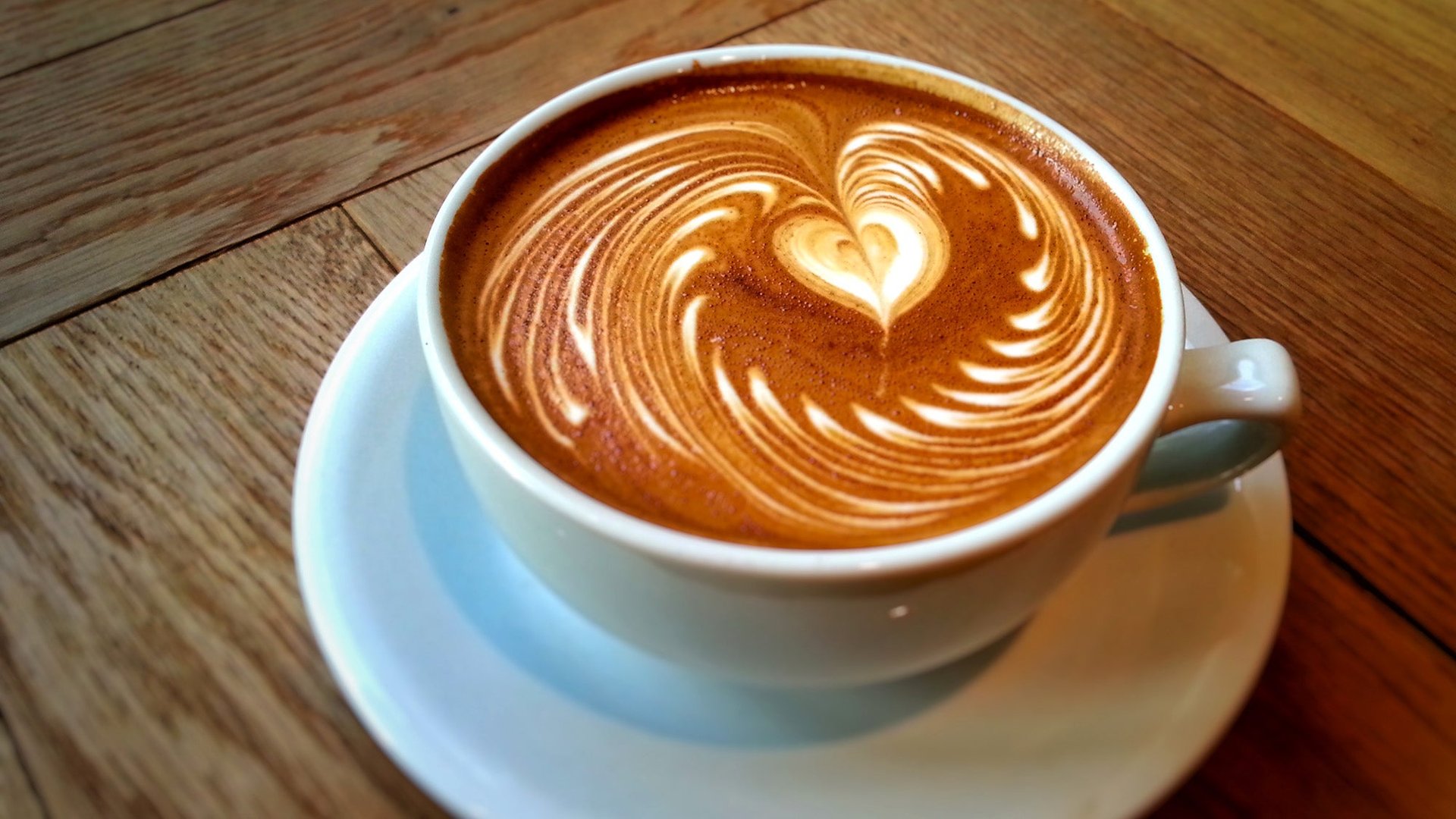Why is decaf coffee sometimes okay, and other times it tastes like crap?
Lots of people enjoy a cup of decaf coffee as a way to experience the taste of java without the caffeine kick. To the most dedicated coffee lovers, however, the very idea of drinking decaf is blasphemy. It turns out that decaf detractors aren’t just being snobby: chemistry can explain why it often tastes worse.


Lots of people enjoy a cup of decaf coffee as a way to experience the taste of java without the caffeine kick. To the most dedicated coffee lovers, however, the very idea of drinking decaf is blasphemy. It turns out that decaf detractors aren’t just being snobby: chemistry can explain why it often tastes worse.
Coffee is made up thousands of chemicals. Some contribute to its taste, some to its aroma, and some (mostly caffeine) to its kick. The sheer variety of chemicals, and their differing amounts in different coffee beans, is what gives coffee its complex flavors. And it is this complexity that explains why decaf doesn’t really taste like its caffeine-filled cousin.
Decaffeinating coffee is a simple process. Here’s a basic description of how it works:
- Take normal coffee beans. Soak them in water in order to extract the caffeine.
- Separate the water from the beans and mix it with a solvent (dichloromethane or ethyl acetate). The solvent works to extract the caffeine from the water.
- Separate the solvent, which, like oil, doesn’t mix with water, and return the water to the beans.
- Let the beans absorb the decaffeinated water, and then dry the beans.
(Some companies use a slightly different method. Instead of separating the beans from the hot water, carbon dioxide is passed through the beans and water. Under certain conditions, carbon dioxide can act like a solvent and remove caffeine.)
There’s just one problem with this process. The solvents take away not just caffeine, but many other chemicals in the coffee beans–including some that give coffee its unique flavor and scent. We don’t have a full list of all those chemicals, partly because which chemicals will be removed along with caffeine differs depending on the type of bean, the type of solvent, and how long the process takes. Still, this changed proportion of chemicals is bound to affect the way coffee tastes.
Another issue is that this process doesn’t actually remove all the caffeine in the coffee beans, which may or may not affect the taste. If the solvent were used without water, it might remove all the caffeine. But it would also extract a whole lot more chemicals, making decaf coffee taste even worse. So coffee makers use water, which doesn’t dissolve all the chemicals in coffee beans, in order to preserve the beans’ flavor–which means a small amount of caffeine stays in, too.
Decaffeination is, of course, only one of hundreds of ways in which people modify the flavor of coffee. Everything from how you roast the beans to how much sugar you add to your brew makes a difference. Finally, each person’s taste profile is different, so how two people taste the same decaf can evoke different experiences.
Still, coffee purists can take satisfaction in knowing they were always right: decaf doesn’t taste as good. For the sake of their friends who just want to enjoy a cappuccino without getting the jitters, however, they may want to keep that information to themselves.
We at Quartz are insatiably curious. We bring you the best timely research in science and technology, but in Funny you should ask, we’ll tackle timeless questions. If you have some, submit them here.